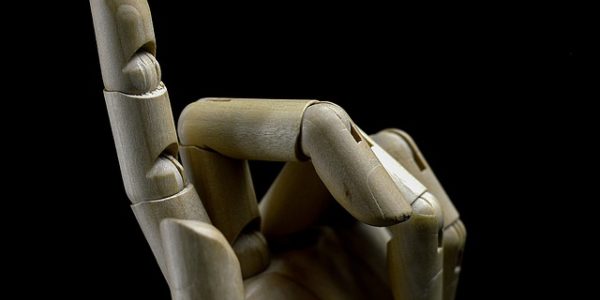If you ever start to feel inadequate next to a robot, just remember one simple thing. You can pick up a spoon, a bowl full of water, and a 10-pound weight. Robots are truly amazing, and they can do some incredible things that humans could never dream of doing. However, they are severely lacking in at least one area. Human infants are capable of picking up different items and placing them elsewhere. The same can’t be said for even the most sophisticated robot.
What about Industrial machines? They’re great at picking up items!
While it’s true industrial robots are very skilled at picking up items, they can only pick up the items that they have been programmed to grasp. And those items – and the environmental conditions- must be the exact same every single time. Picking up items in a changing environment, or items that are slightly different, or completely different, is a much bigger challenge.
Why do machines struggle to pick up items?
It doesn’t make sense for a sophisticated robot to struggle at picking up a pair of pants, or two different apples that are slightly different in size and shape. So what’s holding robots back?
So far, roboticists have relied mostly on vision or machine learning to teach robots to pick up items. Cameras, visual sensors, databases, and algorithms are important to help robots pick up items, however there is something that is missing from the equation.
Vincent Duchaine, leading researcher at École de Technologie Supérieure’s Control and Robotics (CoRo) Lab, suggests that relying on vision alone to teach robots to pick up items is limiting. The current approach to robot grasping focuses on vision but neglects touch.
Vision is definitely important to picking up an object, however, it’s not the only thing that matters. Humans use a combination of senses to pick items up. We use our vision to determine the location of an item and to make sure that we reach in the right area. But we also use our sense of touch to actually do a lot of the lifting, picking up, or grasping. Touch is how we know how hard to grab, or where to grab. The only way for robots perfect grasping is to combine both vision and what Duchaine calls tactile intelligence.
What is tactile intelligence?
Tactile intelligence or machine touch, is basically an artificial sense of touch. Groups of sensors could help machines make the right adjustments to pick up an item regardless of the environment or item. The problem is that the signals are complex, and it’s very difficult to recreate touch sensors in a machine.
Duchaine suggests that predicting the grasp outcomes could be key in helping machines develop tactile intelligence.
Learn more about why vision falls short, and why tactile intelligence could be key for robots.
